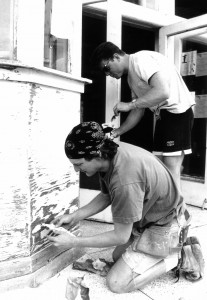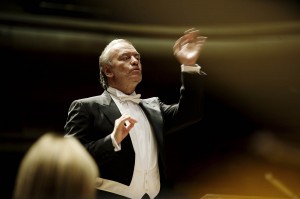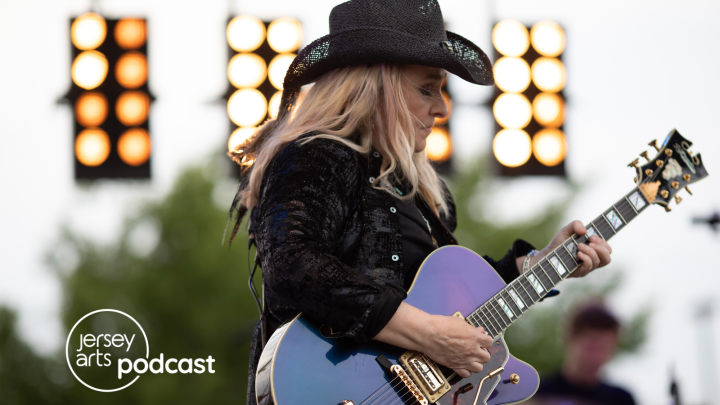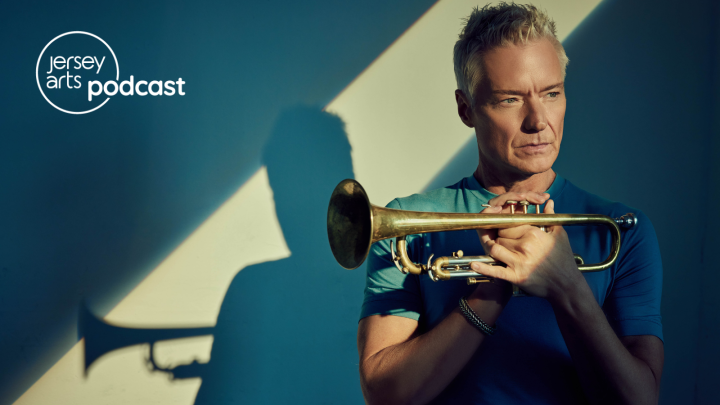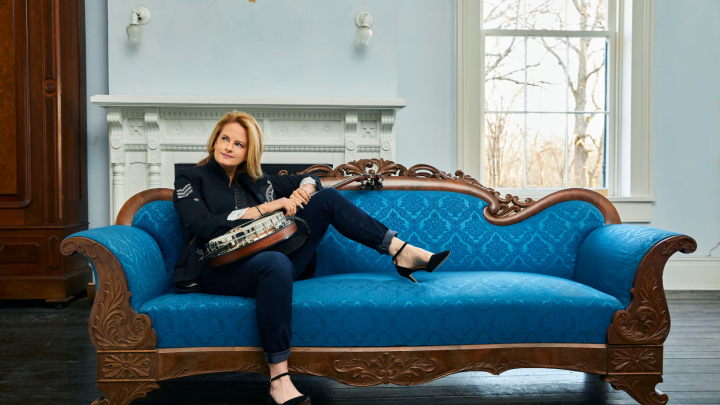A Full Circle, a Golden Past and a Bright Future
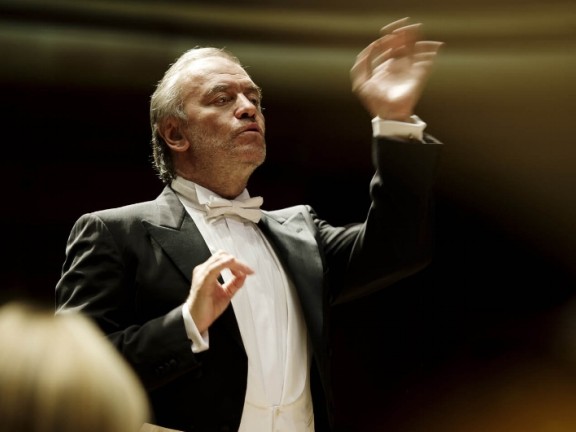
Mayo Performing Arts Center Celebrates 20 Years with Valery Gergiev and the Mariinsky Orchestra
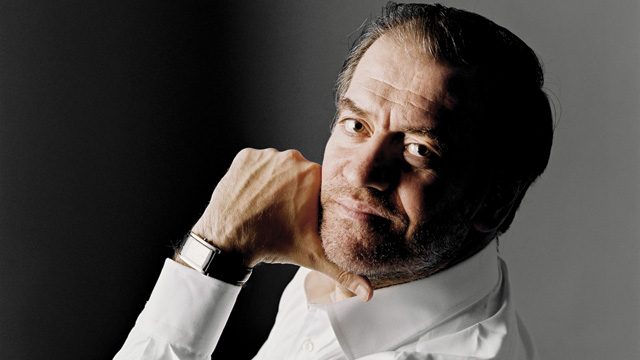
In the winter of 1994, esteemed conductor Valery Gergiev and his friend Alexander Slobodyanik entered the boarded-up, rundown Community Theatre in Morristown. Gergiev stepped onto the dilapidated stage, snapped his fingers, listened to the acoustics and proclaimed, “The Kirov will play here!” On September 29, 1994, after a massive cleanup effort by hundreds of volunteers, Gergiev and the Kirov opened the newly created Community Theatre performance hall in triumph.
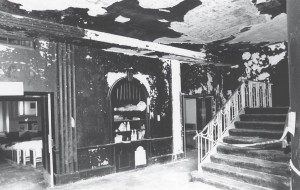
Origin stories don’t get much better than that.
On Friday, January 30 at 8:00 p.m., Valery Gergiev and the Mariinsky Orchestra (the Kirov’s old AND new name), along with pianist Denis Matsuev, perform the 20th Anniversary Celebration Concert at the Mayo Performing Arts Center (the Community Theatre’s new name), returning once again to rejoice in the theater’s golden past and look ahead to a surely bright future.
On the program are the kinds of things that Gergiev and the Mariinsky do best: Rodion Shchedrin’s Concerto for Orchestra No. 1 “Naughty Little Limericks,” Pyotr Il’yich Tchaikovsky’s Piano Concerto No. 2 in G major, opus 44 and Modest Mussorgsky’s Pictures at an Exhibition, as arranged by Maurice Ravel. (Tchaikovsky, you say? I love Russian composers!)
Glory isn’t new to the Mayo Performing Arts Center building.
The Mayo Performing Arts Center (MPAC) was originally built in 1937 and was once the premier movie house in Morristown and the crown jewel of Walter Reade’s chain of movie theaters in New Jersey. Like many grand movie palaces of its time, the theater fell on hard times with the advent of the multiplex. The movie theater closed for good in the mid-1908s and over the next 10 years, it was neglected, becoming an eyesore and was targeted for demolition.
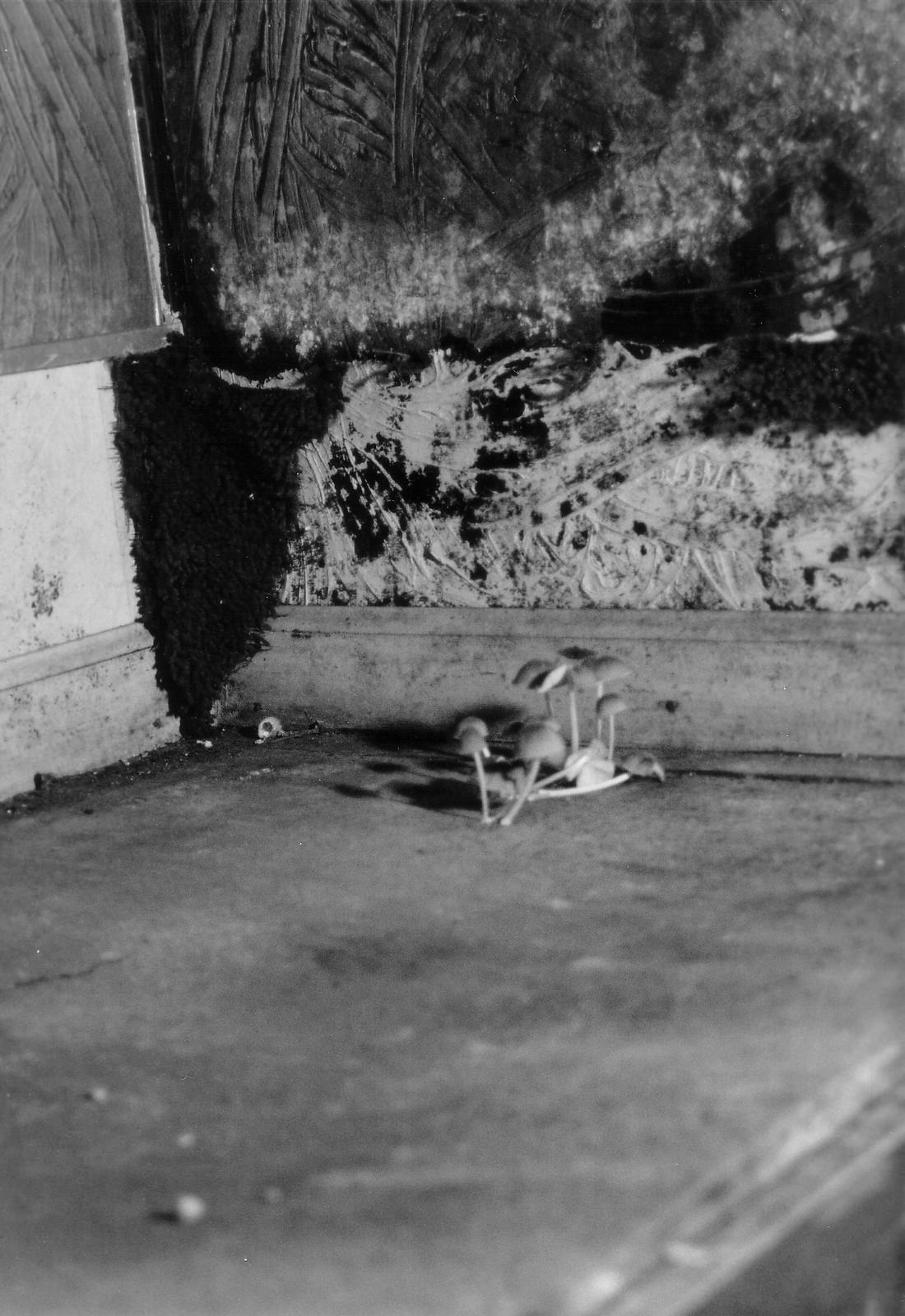
But then along comes renowned pianist and Morristown resident Alexander Slobodyanik (remember him from my first paragraph?). When first introduced to the silent and neglected theater in early 1993, he was impressed by the building and its acoustics, and was upset that efforts to revitalize the theater hadn’t come to fruition. From then on, it seems, Slobodyanik was a man on a mission. He believed that “an unconventional approach, of artistic support and performances of the highest artistic caliber would prove the theatre’s potential and ‘give it new life.’” He gathered up his friends and colleagues, artists of international prominence, and created the Morris International Festival of the Arts.
In the summer of 1994, hundreds of volunteers – armed with a sense of civic pride and limitless elbow grease – spent two months renovating the theater, which included removing mushrooms that had grown inside and mildew on the walls.
See a video of MPAC’s evolution from rundown movie theater to a state-of-the-arts performing arts center:
When I learned of the theater’s history, it struck me that this isn’t the first time I’ve heard of a grand old New Jersey movie palace turning into a grand performing arts center. The State Theatre in New Brunswick is another one that comes to mind, having started as a vaudeville and silent movie house in 1921. So I turned to noted movie palace historian Michael Hauser, who has literally written the book on the ups and downs of these kinds of historic structures, especially in Detroit.
“Performing arts centers have really been the saving grace for these former movie palaces,” says Hauser. “They bring a diverse audience back to the downtown community and, along with their success, they have paved the way for new restaurants, retail, parking garages, and even more importantly educational opportunities for tomorrow’s rising stars.”
Hauser tells me that many great former movie palaces, especially in the eastern half of the country, have been saved and turned into performing arts centers, thanks to the grassroots efforts of concerned local citizens and nonprofit preservation groups. In addition to MPAC and the State Theatre, we may have another to add to our New Jersey list: the old Loews Theatre in Jersey City’s Journal Square. The matter is currently playing out in the courts.
The commitment of the Morristown citizens to saving their landmark and turning it into a viable, thriving arts center is truly admirable. Since the theater reopened on September 29, 1994, it has been further renovated several times over to become the gleaming concert hall you see today. It is now home to more than 200 events annually, enjoyed by more than 200,000 patrons each year, as well as a robust arts education program.
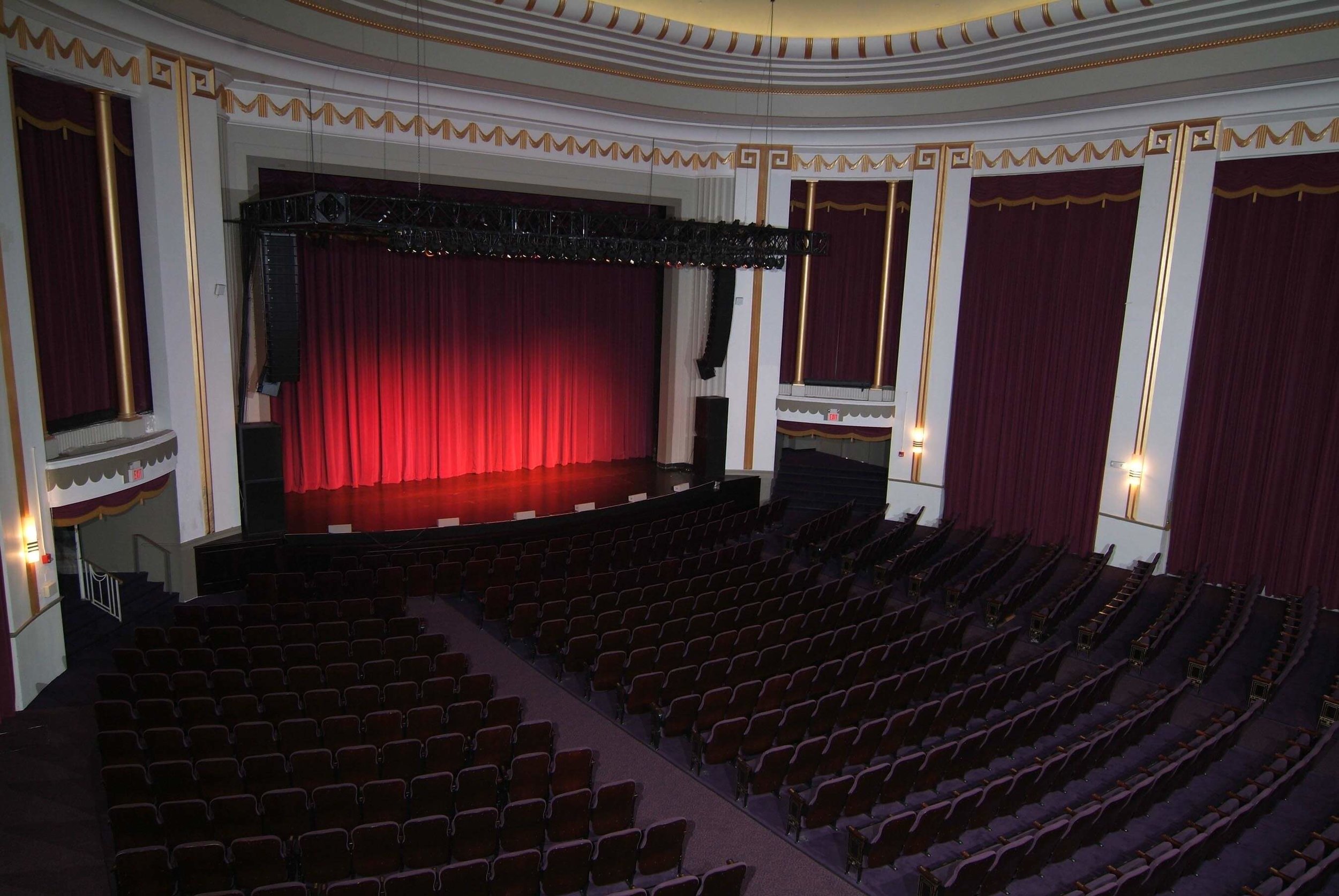
But don’t worry: if you’re attending the 20th Anniversary Celebration Concert, you won’t just be admiring the auditorium and its rise from the ashes. There is, of course, a concert to be heard!
The first work on the program is Rodion Shchedrin’s Concerto for Orchestra No. 1, known as the “Naughty Little Limericks,” written in 1963. Shchedrin was a major musical figure in the Soviet Union in its final decades and has continued to lead Russian music past the Cold War era. He is a composer of ballet and concert music, most notably the piano concertos—which he also performed as a soloist. This Concerto was his first composition for orchestra, and the title refers to the chastushka, a simple form of Russian poetry featuring bawdy humor, kind of like a limerick in the English language.
Next is Pyotr Il’yich Tchaikovsky’s Piano Concerto No. 2 in G major, opus 44. This performance features pianist Denis Matsuev, who has become a fast-rising star on the international concert stage since his triumphant victory at the 11th International Tchaikovsky Competition in Moscow in 1998, and has quickly established himself as one of the most sought-after pianists of his generation. Beethoven’s influence on Tchaikovsky can be heard in the heroic quality in the concerto’s first movement and in portions of the slow second movement. But the concerto’s finale lightens the mood with playful themes and bouncing rhythms.
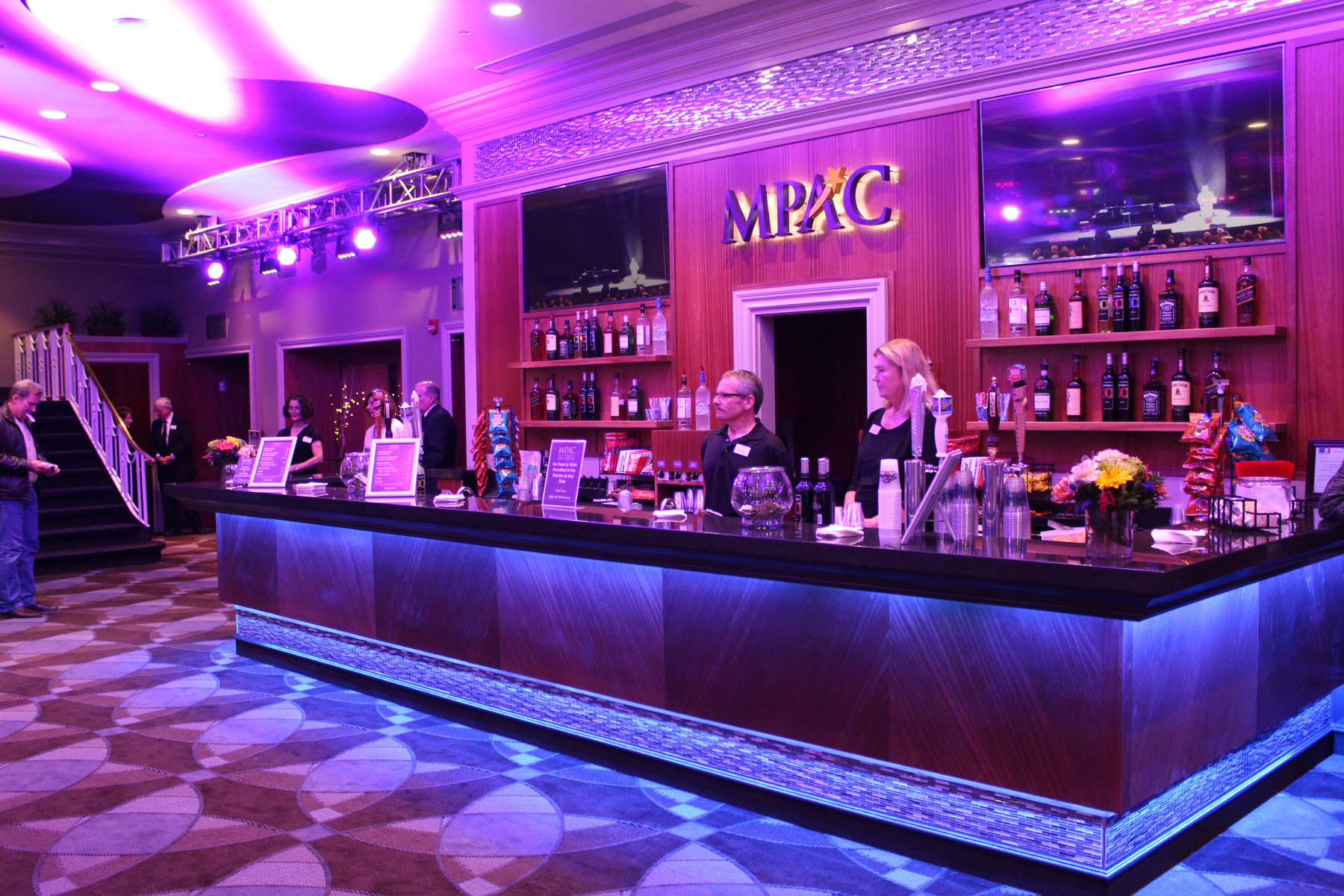
The final work on the program, Modest Mussorgsky’s “Pictures at an Exhibition” from 1874, as arranged by Maurice Ravel, is certainly the most well-known of the three. Mussorgsky was inspired to compose the work because of a memorial retrospective of paintings by Viktor Hartmann, who had recently died from an aneurysm at age 39. The piece represents the composer as he strolls through the exhibit and each individual piece within the larger work is meant to depict specific paintings.
With such illustrious artists and fantastic program on tap, the concert alone is sure to be a memorable event. But to see MPAC come full circle from its rebirth 20 years ago and to witness a golden era movie palace once again in its full glory, makes this evening truly special. I can’t wait to see what’s in store for the Mayo Performing Arts Center over its next 20 years.
The Details
The Mariinsky Orchestra, conducted by Valery Gergiev, and pianist Denis Matsuev take the stage for the Mayo Performing Arts Center’s 20th Anniversary Celebration Concert on Friday, January 30 at 8:00 p.m. Tickets ($69-$150) are available at www.mayoarts.org or by calling 973-539-8008. The Mayo Performing Arts Center is located at 100 South Street in Morristown, NJ 07960.
The 20th Anniversary Celebration Concert is sponsored by Goldberg Segalla, The Blanche and Irving Laurie Foundation and the F.M. Kirby Foundation. Major support of the 20th anniversary season has been provided by the New Jersey State Council on the Arts, F.M. Kirby Foundation, the Blanche and Irving Laurie Foundation and the Geraldine R. Dodge Foundation.

